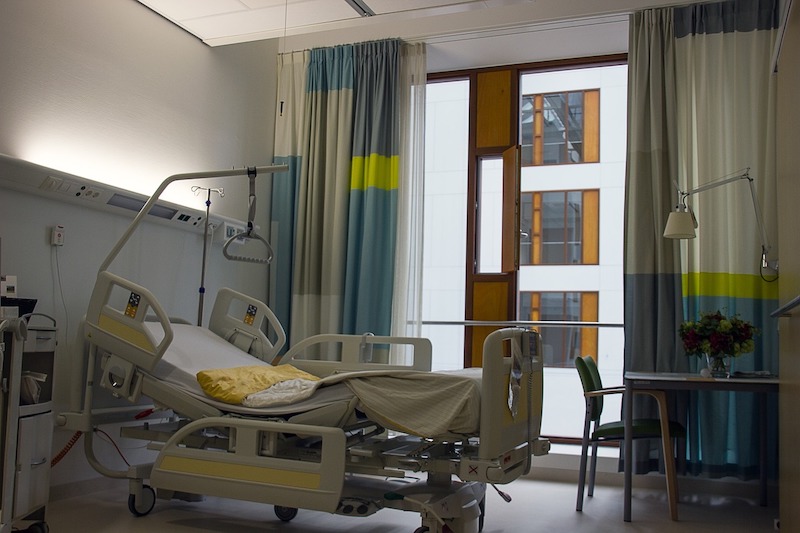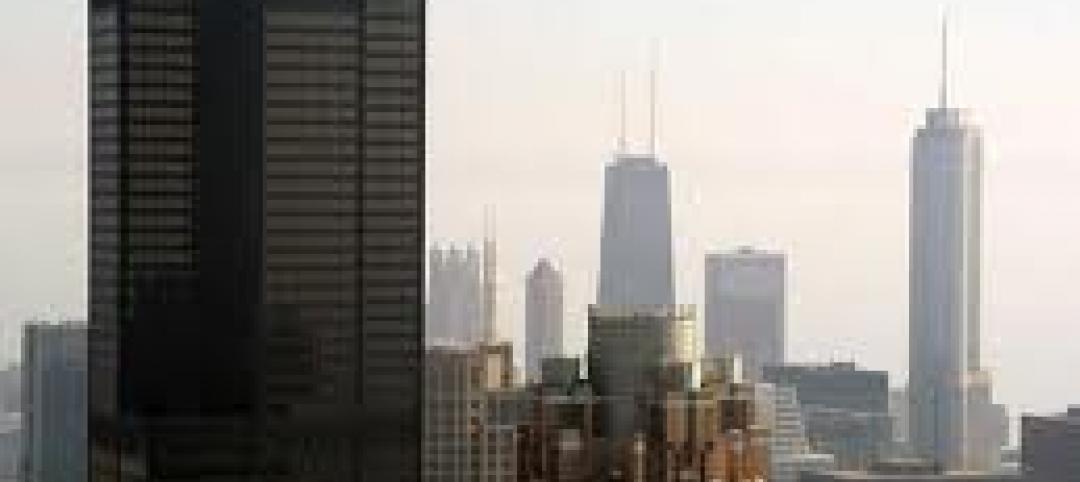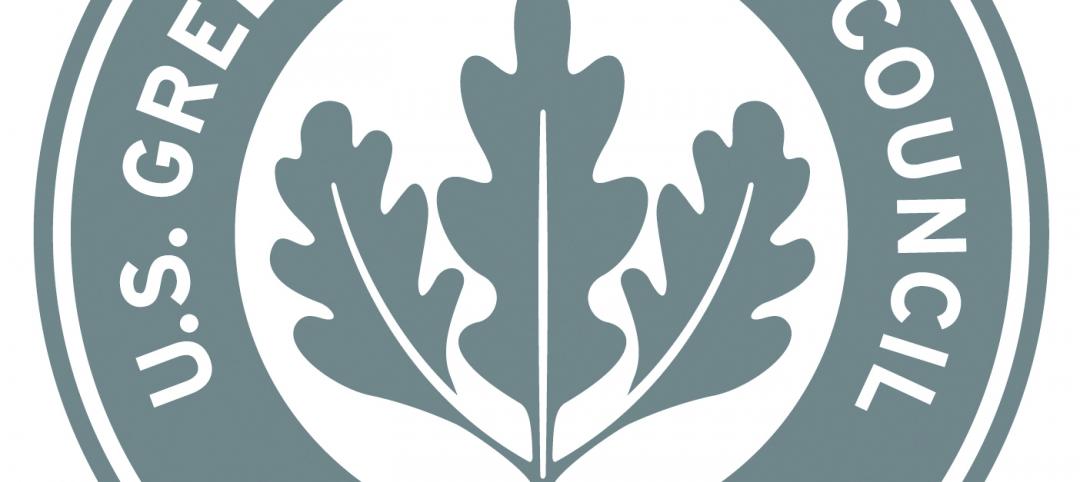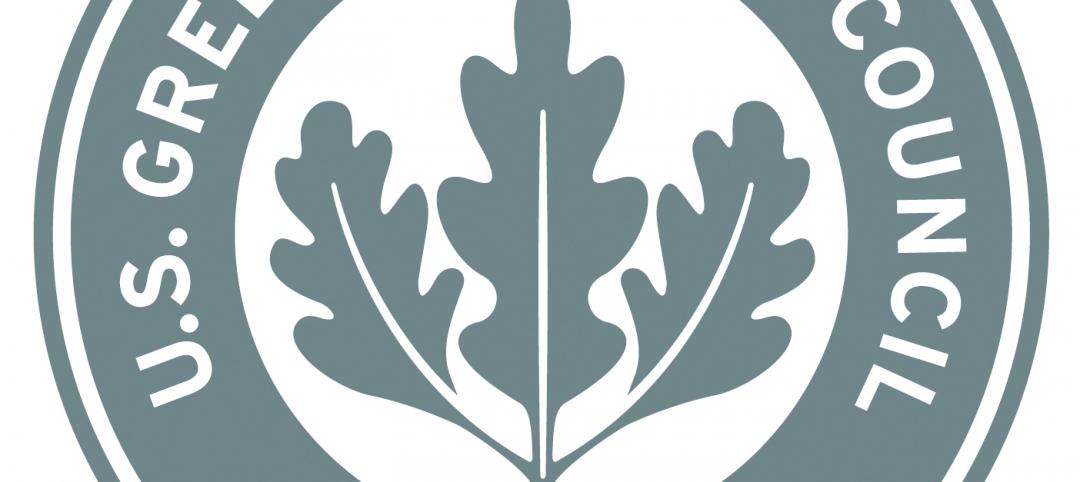The value of flexible hospital space is being demonstrated as administrators rush to increase the number of hospital ICU beds to meet the expected peak in COVID-19 cases.
In many states, regulations require treatment rooms to be different sizes depending on the stage of patient care being provided. Facilities may now be more likely to specify space for acuity-adaptable units that are designed to match the square footage of ICU rooms.
These rooms may not be fully outfitted for ICU capability immediately, but can be retrofitted later to fulfill that purpose. Programming for hospital designs currently in the works are more likely to include how an increased number of beds could be added during future pandemics or other emergencies.
Under extreme demand, spaces that may not have the required square footage under normal circumstances could be outfitted as treatment areas. Spaces such as conference rooms, dining rooms, and parking structures can be repurposed for medical care if suitable utility access is available.
Related Stories
| Mar 15, 2012
Construction industry a big winner in federal small disadvantaged business procurement
Last year, only 5% of federal contract dollars went to small disadvantaged businesses. Construction and facilities support firms were the biggest beneficiaries.
| Mar 15, 2012
ANSI approves new fall protection standards
The American National Standards Institute (ANSI) has approved two American Society of Safety Engineers' (ASSE) standards addressing fall protection.
| Mar 8, 2012
Engineering innovation provides new option for meeting seismic codes in skyscrapers
Two University of Toronto engineers have developed “viscoelastic-energy-dissipating dampers” to replace many of the heavy concrete beams used in tall structures.
| Mar 8, 2012
CSI webinar on building code compliance March 22
A March 22 webinar will provide an overview of a 28-step process during the design of a building to ensure compliance with building codes.
| Mar 8, 2012
Federal silica dust rule caught in bureaucratic limbo
A federal rule meant to protect the lungs of workers has been caught in bureaucratic purgatory for more than a year.
| Mar 8, 2012
New LEED-EBOM rating has requirements for specific project types
Several key changes are proposed for the LEED-EBOM Rating System in 2012.
| Mar 8, 2012
Green buildings more resilient than conventionally built structures
A new study by the U.S. Green Building Council (USGBC) and the University of Michigan’s Taubman College of Architecture and Urban Planning suggests that structures built to green standards can advance building resiliency.
| Mar 1, 2012
LEED Platinum standard likely to mean net-zero energy by 2018
As LEED standards continue to rise, the top level, LEED Platinum, will likely mean net-zero energy construction by 2018.















